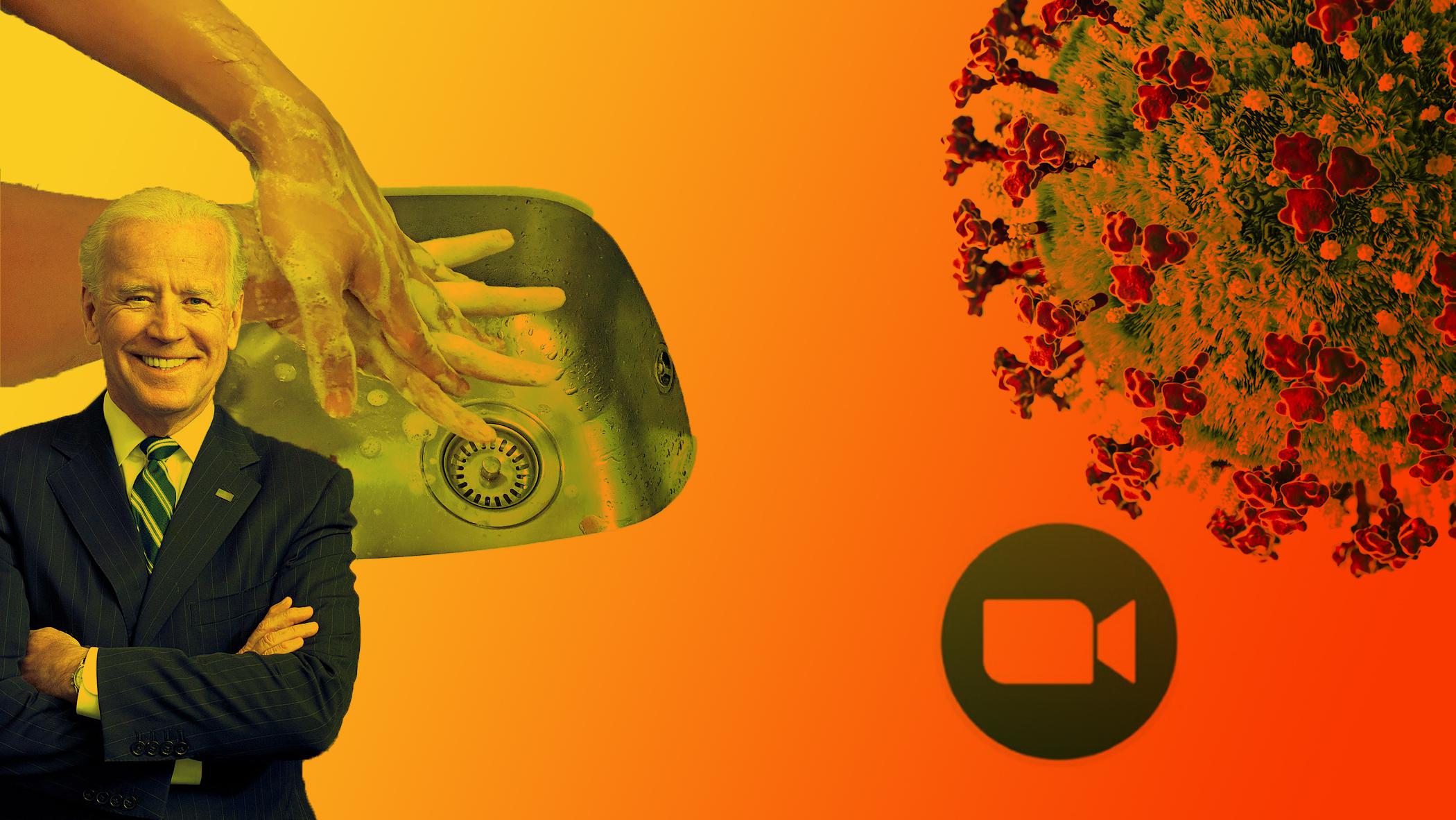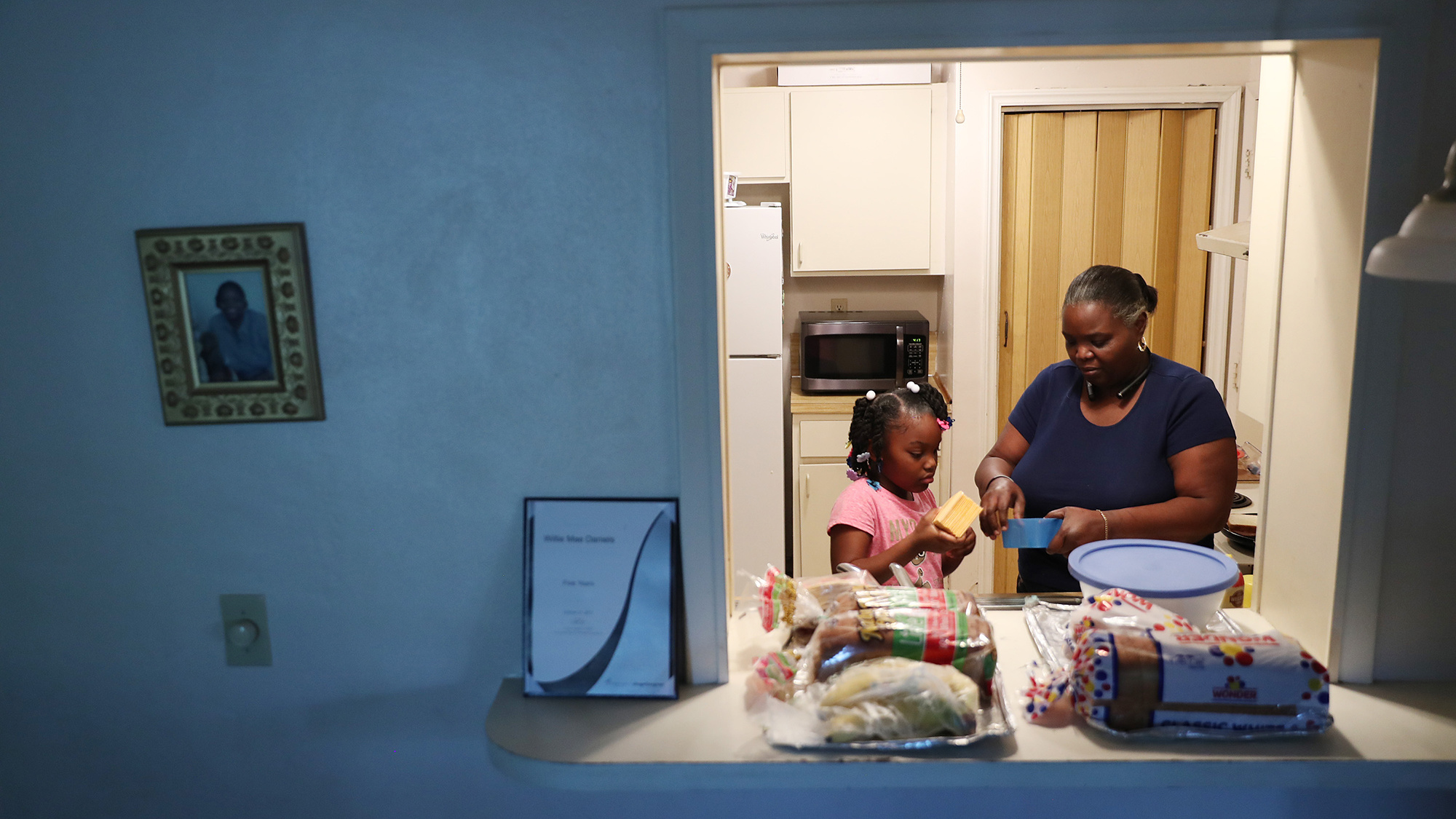Why the U.S. can’t replicate Finland’s educational success

A teacher giving rulers to children of the second grade (8 years old) in a primary school in Vaasa, on their second day of school in Finland. (
OLIVIER MORIN / Getty Images)
- Finland’s success on international student assessment tests have left many wondering if the United States should adopt its education policies.
- However, Finland’s educational system developed from a culture that maintains education as a fundamental right; the United States lacks such an acknowledgement.
- Unless the United States undergoes a drastic reassessment of its social contract, meaningful education reform will likely remain out of reach.
Can the United States replicate Finland’s educational success? No.
When people triumph Finland’s education system, they enumerate a laundry list of reforms aimed at radically altering the country’s scholastic approach: no homework, no standardized tests, teacher autonomy, and children beginning compulsory school later. Finland’s success should be praised. Its education system should be studied for what empirical data it may yield.
But underlining discusses of Finland’s education system is a subtext that if the U.S. transfers these practices, it too can see its international test scores rise from the middling ranks. This view misses an important point: Finland’s educational success was driven by a culture with a strong, unifying social contract. The United States simply lacks such a social contract.
Finnish educators are among the first to make this point. As education expert Pasi Sahlberg said during a lecture to the Sandford Center for Opportunity Policy in Education:
I’m not trying to convince people that if they follow what Finland is doing, things will be good. All the education issues and reforms are done specifically to the culture and should be done locally. I’m very much aware that America is very different culturally. I’m trying to tell what we’ve been doing and use Finland as real-world evidence.
If the United States is to make education reform, it must first look to reassessing its cultural assumptions and priorities.
Education: a right or a privilege?
In 1919, Finland enshrined educational provisions as a right. Section 16 of the country’s constitution states unequivocally: “Everyone has the right to basic education free of charge” and this right guarantees citizens “the opportunity to develop themselves without being prevented by economic hardship.”
The United States’ constitution does not make such a promise to its citizens. True, the Equal Protection Clause of the Fourteenth Amendment has established some parity within the education system, but this interpretation of the text has been held up in the courts, most famously in Brown v. Board of Education and Plyler v. Doe. It does not specifically name education as a right, nor is such a right listed anywhere else in the Constitution.
Because of this wording, the Supreme Court ruled in San Antonio Independent School District v. Rodriquez that education is not a fundamental right. America’s public education system persists because of a patchwork of federal and state laws and institutions, not as a cohesive, universal goal for the society.
As Stephen Lurie, former research and policy advisor at the National Network for Safe Communities, writes, “Each of the countries ahead of the U.S. has a fundamental commitment in common, one that the [sic] America doesn’t: a constitutional, or statutory, guarantee of the right to education. By centralizing education as a key focus of the state, these countries establish baseline requirements that set the frame for policy and judicial challenges, as well as contribute to what [a] Pearson report calls a ‘culture’ of education […].”
Lurie further notes that the U.S. has turned a blind eye to such responsibilities internationally, as well. The country has yet to ratified 13 of the 18 International Human Rights Treaties, including the Convention on the Rights of the Child, which, among other statutes, mandates the right to education.
Funding education
In Finland, educational funding is provided by the government and is distributed much more evenly. It is tied to neither a school’s rank nor its status, but its need.
Contrary to popular belief, there are private schools in Finland, and around 2 percent of students attend one. However, Finnish private schools are a different breed. They may not charge fees, receive state funding comparable to public schools, and are prohibited from selective admissions.
This is not the case in the U.S. Another effect of San Antonio v. Rodriquez was the legal precedent that unequal school funding does not violate the Constitution. Private schools may charge tuition fees and engage in selective admission. Public schools — which are financed by state and local government, mostly through property taxes — may see their funds diverted to private schools. And while the federal government doesn’t technically fund education, it does offer grants to states, but these grants are tied to test scores and attendance records.
The result is lopsided educational funding where schools of plenty can provide more and better opportunities. A 2018 report by the U.S. Commission on Civil Rights found that such inequalities “harm students subject to them” and are “fundamentally inconsistent with the American ideal of public education operating as a means to equalize life opportunity, regardless of zip code, race, economic status, or life circumstance.”
The report points directly to the San Antonio v. Rodriquez ruling as granting some states and cities the loophole necessary to continue discriminating against students of color in their funding policies. It calls for Congress to “make clear that there is a federal right to a public education.”
Teachers in Finland’s education system
In Finland, teachers receive high levels of training from much coveted educational programs. By the time they enter the classroom, most hold a master’s degree. They also continue to participate in professional development throughout their careers. The result is an educational force steeped in the science of teaching, drawn from such thinkers as John Dewey.
The United States also has very gifted, well educated teachers. The difference is cultural esteem. In Finland, teachers are highly regarded and paid very well.
“When we compare teachers to other professions in society, we compare them to lawyers or doctors or architects,” Shalberg said during his lecture. “Not as [in the United States], where they are compared to nurses or therapists, or something like that, that require lower academic training.”
In the United States, teachers aren’t disrespected, and few would think to disparage the profession in a public way. Yet, American teachers do have to struggle against the country’s zeitgeist of aggressive anti-intellectualism.
Professor Aldemaro Romero Jr. cites anti-intellectualism as persisting these all-too-familiar aspects of American discourse: tribalism, xenophobia, intolerance to dissent, fear of progress, and the invention of falsehoods to counter unwelcome facts (to name a few). All of which are counterproductive to educational practices.
“It is time for those of us involved in higher education in this country to recognize that there is a long shadow being cast on our institutions,” writes Professor Romero Jr. for the Edwardsville Intelligencer. “Because the characteristics mentioned above to fight anti-intellectualism with reason are naive. We need to become smarter in the use of media to get our message across. But what is the message? That higher education makes us richer and happier.”
A statement that, of course, holds true for all levels of education.
Education and stewardship
Finally, Finland views education as a stewardship of students. The Finnish National Agency for Education’s stated goal is “to support pupils’ growth towards humanity and ethically responsible membership of society and to provide them with the knowledge and skills needed in life.” As such, Finnish students enjoy a much more free-form education, with broader autonomy in how they approach learning as they advance.
Finnish upper-secondary students, for example, can choose between general education or vocational training, but may engage in both as needed to fulfill their scholastic and career goals. The country’s education system also limits scholastic cul-de-sacs so citizens, even adults, can reengage with education as needed in their lives.
Larger populations in the United States, in contrast, see educators not as supporters of students but the “molders of young minds,” a phrase that has an authoritative quality to it. Student deemed troublesome early in life have difficulty reengaging in formal education thanks to the U.S.’s one-shot approach. Parents insist on their right to teach children creationism, not the child’s right to learn practical, useful science. American politicians write educational goals aimed at making students competitive exam takers and workers in tomorrow’s global marketplace, not goals like self-actualization.
“Education must move beyond the current focus on training to benefit others and only incidentally benefiting youth,” writes Roger J.R. Levesque, a professor at Indiana University. “Education must enrich their lives essentially, not incidentally, by empowering them to accomplish their own ends and fulfill their potential. If this is what should be meant when we speak of educational rights, reform must take a radical turn.”
Redefining a social contract
It is true that Finland and the United States are very different countries. Finland is roughly the size of Minnesota and holds fewer people than New York City. It’s relatively homogenous when compared to the United States’ cultural heterogeneity.
But these differences aren’t the main reasons the United States can’t replicate Finland’s educational system, nor its success. That is because the American social contract simply doesn’t value education in the same way.
The next question then: Can Americans gather the massive political, cultural, and social unity it would take to reverse such a long-standing trend? Maybe, but it seems unlikely in contemporary America, and it has a history of punting such difficult discussion onto future generations.
The country began with a fissure between the Federalists versus the Anti-Federalists, a debate that enjoys a through-line down to today’s political polarization. Its productive social change continues to be shackled to religious fundamentalism. Its education system is divided among more than 50 constitutional rulebooks with different view on what constitutes necessary funding, higher education, religious restrictions, and how to assist the disabled. Heck, Alabama’s constitution still incorporates segregation as an educational mandate. (Yes, that law is trumped by federal law, but that doesn’t change the fact that ballot measures to remove the language were struck down in both 2004 and 2012.)
As for America’s virulent anti-intellectualism, David Niose sums it up succinctly: “What Americans rarely acknowledge is that many of their social problems are rooted in the rejection of critical thinking or, conversely, the glorification of the emotional and irrational.”
And this is why the current answer to the question, can the United States replicate Finland’s education system? is no. If the United States wants true, lasting, and beneficial educational reform, it will need to fully engage with its own social contract, not copy another’ country’s generous recess policy.







